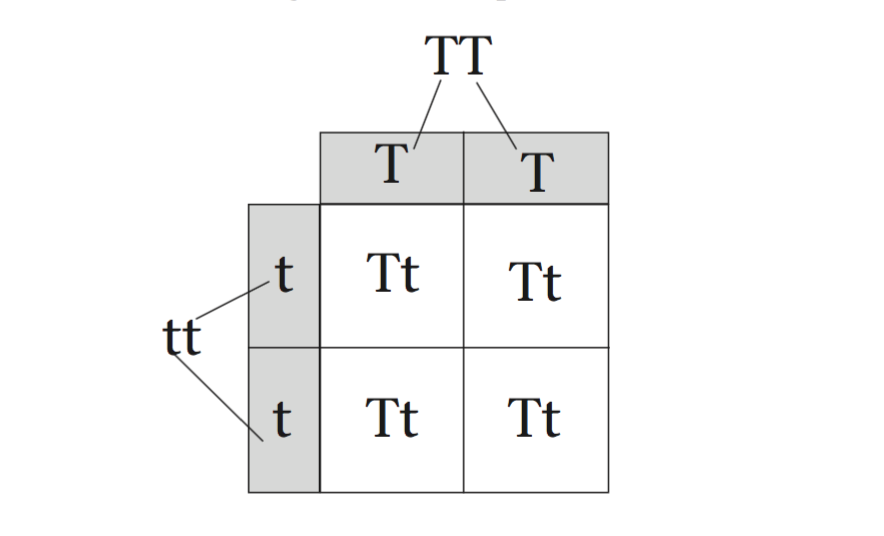Have students try these activities to expand their knowledge and interest in Cells.
What do you get when you cross two plants, each with one recessive gene and one dominant gene for height? Have students develop a Punnett square to show the possibilities. Encourage students to choose a dominant and a recessive trait, such as the height of pea plants, and to show how that trait can be passed from generation to generation. Have them continue for two or more generations of plants.
Science and Art
Have students make three-dimensional models of an animal cell or plant cell. They can use a variety of arts and craft materials to build their models. Ask students to label the cell structures in their models.
Language Arts
Word plays may use homophones—words that sound alike but are spelled differently and have different meanings. This unit has fun with homophones. For example, hand-me-down genes is a play on the homophones genes and jeans. If your sister gives you a pair of jeans, they are hand-me-down jeans, but hand-me-down genes are traits passed from parent to child. Encourage students to be creative and have fun trying to make word plays from these homophones: genes, jeans; made, maid: cell, sell.
Math
Have students make a circle graph showing the percent of each ingredient that makes up the cell. Students can use different colors to represent each section of the graph. Remind them to title their graph and to use labels or a key to help others identify what each section represents.
Science and Language Arts
Louis Pasteur did more than disprove the idea of spontaneous generation. Have students find out what process this scientist developed for preserving foods such as milk. What is the process called? What does it do? Ask students to write a report detailing the accomplishments of Louis Pasteur.
Social Studies
What else was happening around the world as discoveries about cells were being made? Have students take a span of time represented on the time line in The Discovery and Study of Cells. Ask them to make a new time line for that span. They should add entries for cultural, political, and social events as well as other scientific and technological breakthroughs. Encourage students to post their time lines to help give the class a view of the cellular breakthroughs in context of other events.
Home Economics
Your breakfast may include an egg, which is a single cell. But take a look at the new food pyramid for your age group. What other foods should a day’s menu include? All the foods are made up of once living things. Plan a menu for a day. Be sure to include the recommended food requirements. Decorate and display your menu.
Have interested students read Heart, Microbes, Blood, Bones, and Brain for more information about organisms and organs made up of cells.
Games and Activities on Cells | Kids Discover

